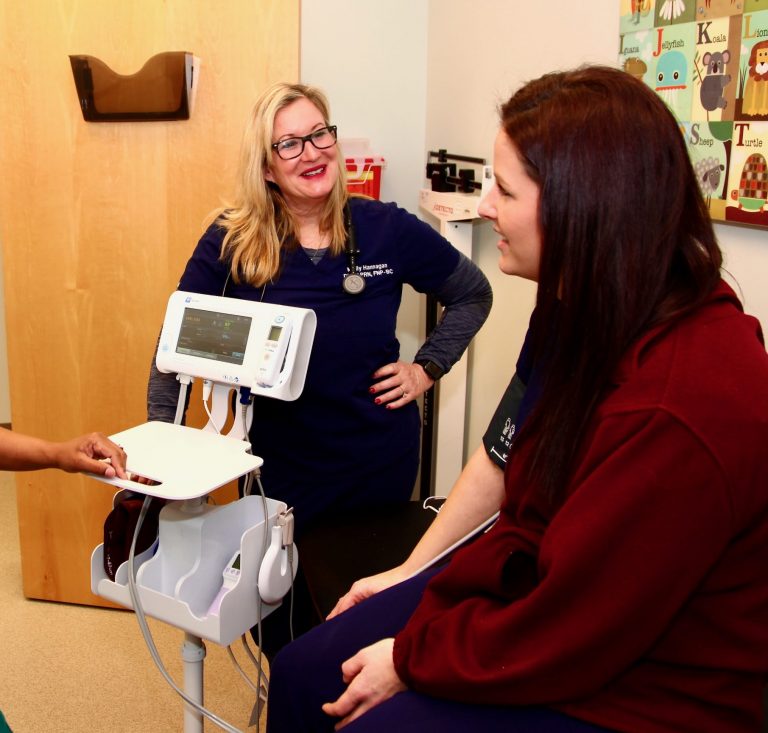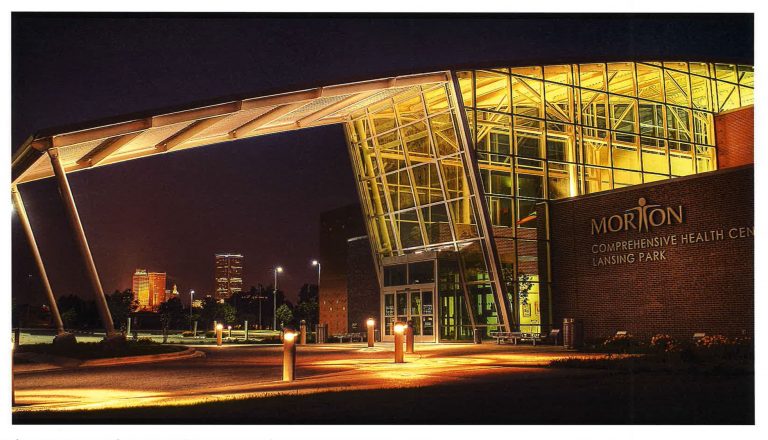Menu

The patient-centered medical home (PCMH) is a model of care that puts patients at the forefront of care. PCMHs build better relationships between patients and their clinical care teams.
The patient-centered medical home (PCMH) model is an approach to delivering high-quality, cost-effective primary care. Using a patient-centered, culturally appropriate, and team-based approach, the PCMH model coordinates patient care across the health system.
Morton staff is available to assist when applying for SoonerCare.
Those between the age of 19 and 64 years of age may be eligible for SoonerCare.
Enrollment Assistance Schedule at the Main Morton Clinic:
When you fill out the SoonerCare application, you will be entering information about the people in your family and your household income. In order for the application to go through successfully the first time, please bring the following information.
What to bring with you:
Insurance:
Morton accepts commercial insurance, Medicaid (SoonerCare), and Medicare. No insurance? No problem. Morton has a sliding fee scale for those patients who do not have insurance. No one is denied access to primary health care services regardless of their insurance status or ability to pay.
Sliding Fee Scale:
The sliding fee scale is available for uninsured patients. It provides comprehensive medical, dental, and vision care at a reduced cost to all those who qualify. One day of service will be provided for patients who do not have all required documents at time of visit.
Discounts:
Morton's discount pharmacy is located at the Main clinic and is available to all Morton patients. The pharmacy accepts commercial insurance, provides discount medications pharmacy consultation, Part D assistance, and patient assistance programs.
Pricing:
As a Federally Qualified Health Center, Morton offers services to all individuals regardless of insurance status or ability to pay. Patients in households with incomes below 100% of the Federal Poverty Level pay a nominal fee. Patients between 101% and 200% of the Federal Poverty Level receive discounts on a sliding fee scale. Most Common Services
Start here for the quick and easy process to enroll as a Morton patient.
Choose the location that is right for your family and you. Go to the registration desk and ask for a registration application form. You may complete the form at that time or bring it back with you to your scheduled appointment.
Items you may need to bring:
Additional documents are required for the sliding fee discount application.
Request Medical Records from Morton Comprehensive Health Services:
Please click here: https://www.swellbox.com/morton-comprehensive-hs-wizard.html
What is Comprehensive Primary Care?
According to Health Resources & Services Administration (HRSA) it is the provision of integrated, accessible health services by clinicians who are accountable for:
What is a Federally Qualified Health Center (FQHC)?
According to HRSA a public and private non-profit health care organizations that meet certain criteria under the Medicare and Medicaid Programs.
FQHCs include:
What are the Fundamentals of a Federal Qualified Health Center (FQHC) Program?
FQHC’s are located in or serves a high need community;
Governed by a community board (composed of a majority (51% or more) of a health center patients who represent the population served;
Provide comprehensive primary health care services, as well as supportive services (education, translation, and transportation, etc.) which promote access to health care;
Provide services that are available to all (with fees adjusted based on ability to pay);
Meet other performance and accountability requirements (regarding administrative, clinical and financial operations) to sustain quality and accreditations. (HRSA)
Who is Served by FQHCs?
Federally Qualified Health Centers serves all people including seniors, adults, children and infants. Regardless of insurance status, race, ethnicity, sexual orientation, gender, age, religion, cultural background, and socio-economic status.
When did Morton become a Federally Qualified Health Care Center?
Morton obtained federal standing with the Bureau of Primary Health Care as a Federally Qualified Health care Center in 1972.
When did Morton Main move into its new location?
Morton moved into its new facility in fall of 2006. As a part of Vision 2025, Morton built a new 60,000 square foot facility on five acres in the Lansing Business Park.
How many locations does Morton have?
Six locations:
What year did Morton open satellite clinics?
Morton Midtown Homeless opened in 1998.
Morton East Tulsa Family Center opened in 2002.
Morton Nowata Family Health Center opened in 2002.
Opened an embedded primary care clinic at Family and Children's Services in 2011.
West Tulsa Family Health Center embedded at Sandy Park Tulsa Housing Authority complex in 2015.
What are the hours of operation?
Main location; Monday-Friday, 8:30 a.m.-5:30 p.m. Extended hours on Thursdays, 5:30 p.m. - 7:00 p.m. Saturdays from 9:00 a.m. – 1:00 p.m.
The hours of operation vary at the satellite clinic locations. Please call (918) 587-2171 for specific hours of operation.
What is The Joint Commission?
It was founded in 1951. According to its website, it “has been acknowledged as the leader in developing the highest standards for quality and safety in the delivery of health care, and evaluating organization performance based on these standards. Today, more than 18,000 health care providers use Joint Commission standards to guide how they administer care and continuously improve performance. The Joint Commission is also the only accrediting organization with the capability and experience to evaluate health care organizations across the continuum of care.”
When did Morton receive The Joint Commission accreditation and certification?
In 2008.
When did Morton become a Teaching Health Care Center?
Morton became a federally approved teaching health care center for medical residents in 2012.
What is Morton Mission Statement?
Morton Comprehensive Health Services provides access to affordable, quality health care services for all northeast Oklahomans.


The Health Center is a Health Center Program grantee under 42 U.S.C. 254b, and a deemed Public Health Service employee under 42 U.S.C. 233(g)-(n).
Morton Comprehensive Health Services receives HHS funding and has Federal Public Health Service (PHS) deemed status with respect to certain health or health-related claims, including medical malpractice claims, for itself and its covered individuals.
© 2023 Copyright MortonHealth.com